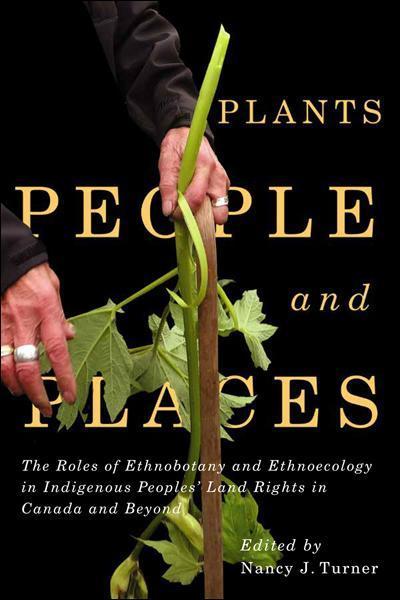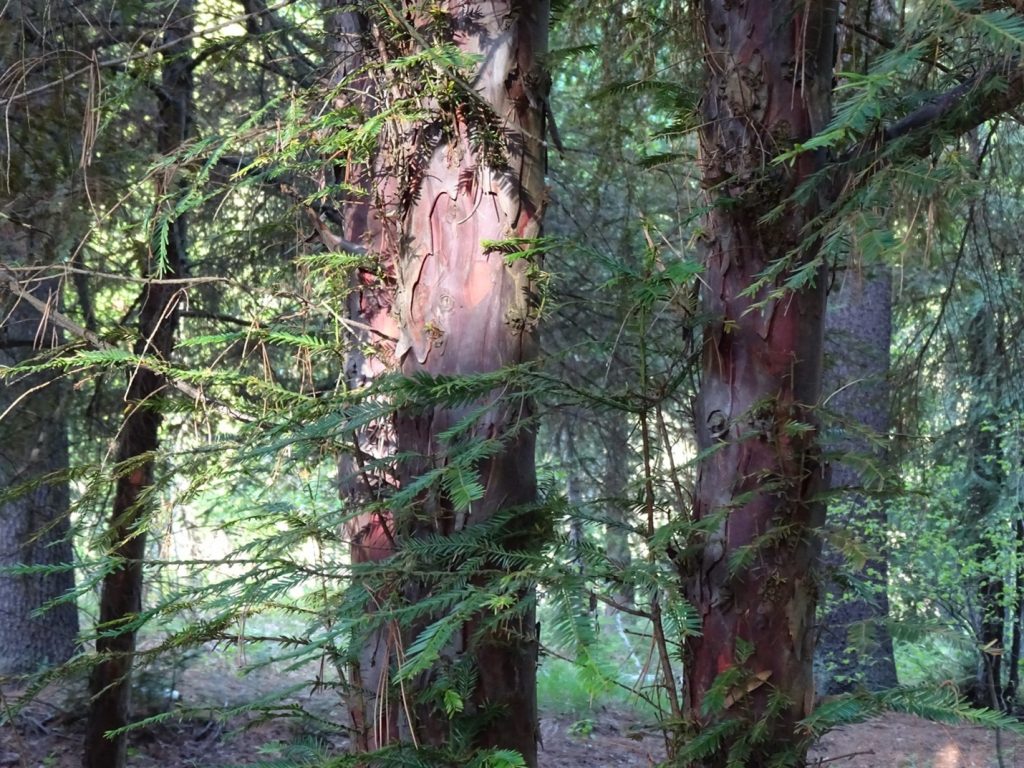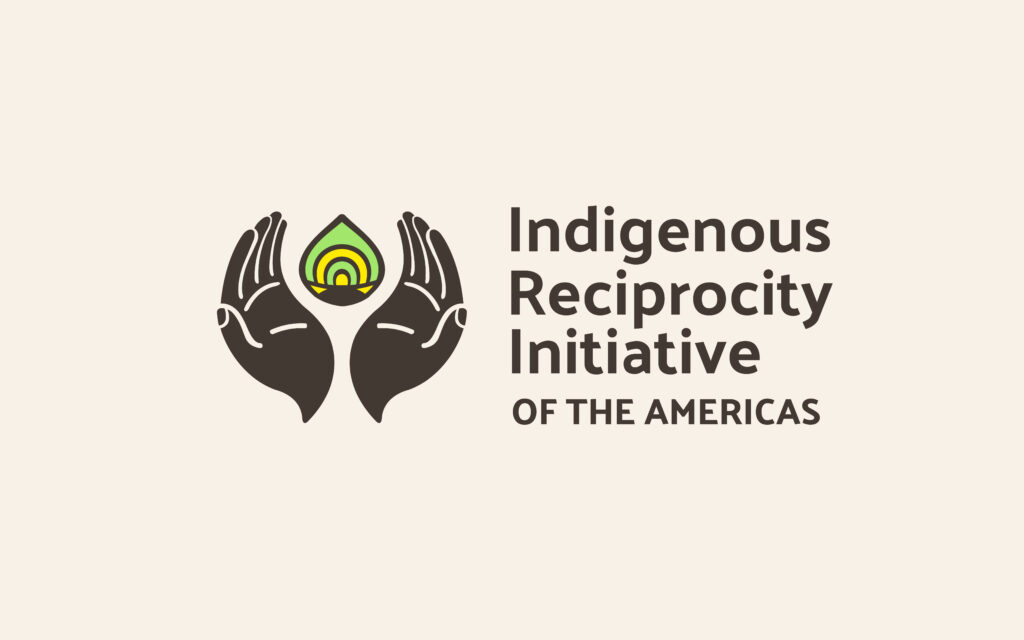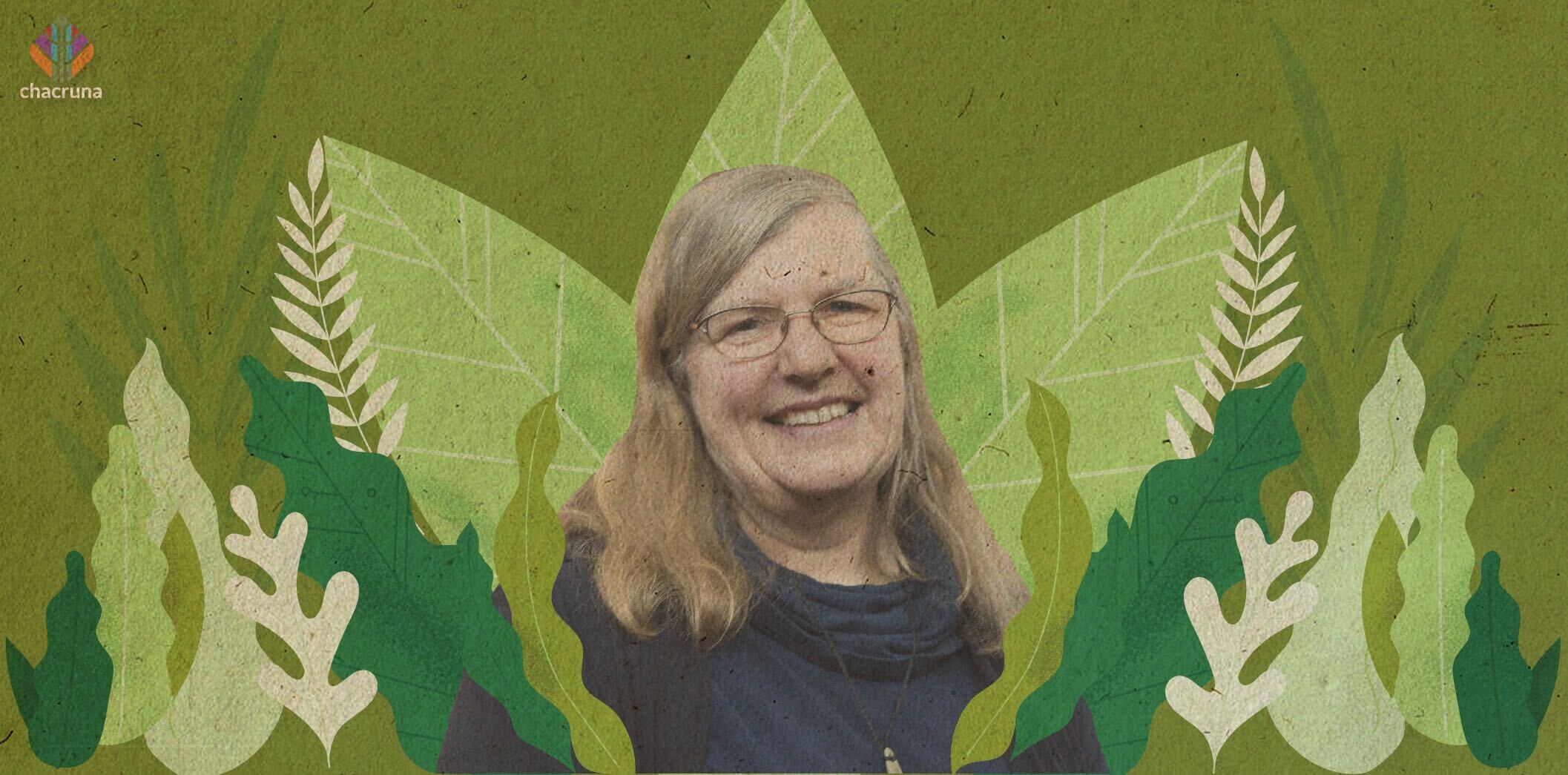- Global History of Psychedelics: A Chacruna Series - October 4, 2023
- Can Psychedelics Promote Social Justice and Change the World? - August 30, 2021
- Kathleen Harrison: Wisdom, Endurance, and Hope – Reflections from a Psychedelic Woman - August 18, 2021

I had the pleasure of interviewing Professor Nancy Turner over zoom this March. A prolific author, a distinguished ethnobotanist, and recipient of the Order of British Columbia and the Order of Canada for her work with Indigenous peoples in the Pacific North West, Dr. Turner has had a major influence on how we think about plants and plant medicines. She is the recipient of many awards, honourary degrees and prizes, and is a Fellow of the Royal Society of Canada. She is worthy of all of this and more, in recognition of the decades she has worked with Indigenous elders and knowledge holders, biologists, linguists, students, and friends to catalogue, study, and promote the protection of people and plants. Now in retirement from her position at the University of Victoria, she has added to her “two-volume ethnobotanical tour-de-force” with her most recent (edited) book, Plants, People, and Places (2020).

She generously shared her time with me as we discussed her life in the field of ethnobotany. We began by quickly acknowledging that psychedelics and psychedelic plants were never a focus of her work, but in the background, she moved the camera to reveal two gifts from former students and colleagues: an ayahuasca plant, and a Salvia divinorum plant. I wondered how could these plants be in her house, and yet not part of her study? Over the next 90 minutes, I learned.
Nancy was born in Berkeley, California and by the age of two had moved to Missoula, Montana as the family followed her entomologist father to a new position. She fondly remembers being enchanted by nature from her earliest memories, which included picking service berries and chokecherries and exploring the local plants as a child. When she was five, the family moved to Canada, where her immersion in nature continued. By high school she had acquired the nickname “Nancy Nature,” and had a passion for exploring plants, their properties, beauty, capacity to produce dyes, medicines, and an overall awe for their diversity. An avid researcher, she went to the library and discovered ethnobotanical works by Erna Gunther and Elsie Steedman (with James Teit), women who had braided together anthropology and botany in foundational studies of Indigenous plant uses in Washington and British Columbia, respectively.
Nancy entered university in 1965 and remembers that at that time she had never before met an Indigenous person. She started her studies in biology, and later also took courses in anthropology, as the connection between people and plants held a special fascination. In an anthropology class, the instructor invited Tsartlip Chief Philip Paul to speak to the students. The presentation was so inspiring that Nancy later called Chief Paul to ask whether anyone from his community would talk to her about local Indigenous plants.

Her bold request to connect with Coast Salish elders was just one of the many critical connections that she made as she set forth on a path to help preserve, identify, and build knowledge about Indigenous plants in the Pacific North West. She also wrote to Harvard Professor Richard Evans Schultes, known as the “father of ethnobotany,” renowned for his field studies in Mexico and the Amazon where he worked jointly with chemists and Indigenous elders to learn about the hallucinogenic properties of sacred plants (see his book: The Plants of the Gods, 1979). Blending biology and anthropology, Nancy recognized the need to work closely with linguists to respect and preserve the naming traditions, and stories that accompanied the botanical knowledge.
“Blending biology and anthropology, Nancy recognized the need to work closely with linguists to respect and preserve the naming traditions, and stories that accompanied the botanical knowledge.”
Her contact with Chief Paul was just the beginning. He kindly suggested his father, Christopher Paul, as a teacher about plants. Christopher agreed to work with Nancy for $2 an hour, which was a true gift. He already had linguistics students paying him that rate to teach them his Senchathen language. At this time, in the 1970s, Indigenous elders like Christopher Paul recognized that the younger people in their communities had been robbed of opportunities to learn their language, and critical knowledge about their environment, including the local plants, as many Indigenous children throughout Canada were removed from communities to attend Indian Residential Schools or were sent to day schools, where their cultural knowledge was suppressed. Some communities were eager to connect with linguists and botanists to help preserve this knowledge, and Nancy’s interests suited this political moment. She recalls that her work has always been in partnership with this larger goal of recovering and preserving critically important Indigenous knowledge of the natural world.
At times, preservation has come at the cost of dissemination. She recounted a vivid historical moment when a pharmaceutical company [Bristol-Meyers-Squibb] isolated taxol, a substance used in the development of breast, ovarian, and lung cancer treatments, from the bark of the Pacific Yew tree, a species that grows slowly, is somewhat rare and unique to the Northwest region, and his highly valued for many cultural purposes. In a quest for enough taxol to begin clinical trials, the company put out a call for Pacific Yew bark. Collectors went out and stripped the bark from these special trees, killing many of them. Poachers even harvested the bark from trees that were supposed to be protected in parks. Until a means to synthesize taxol from more widespread sources, the Pacific Yew tree became the target of overharvesting. Local elders often cite the uncontrolled and unscrupulous harvesting of yew bark as an example of commercial exploitation of medicinal plants and for this reason respond with caution in terms of publishing or advertising the unique and healing properties of their Sacred plants.

As Nancy Turner’s long list of publications, awards, and recognitions attests to, she has been instrumental in developing relationships that help to preserve, sustain, and even nourish a deeper set of understandings about Indigenous plant knowledge in this region. Many of her students over the years have had deep connections to their Indigenous families and territories. Her network of friends, collaborators, and “plant sisters” as she fondly calls them, have been instrumental in helping to confront the colonial legacies aimed at breaking connections between people, language, and land.
And, what about psychedelic plant medicines?
Surely, I suggested, as a university student on the west coast in 1968 you must have encountered psychedelics? The newspapers from the time would have us believe that everyone was enjoying a psychedelic countercultural moment, especially along the Pacific Coast. She laughed, acknowledging the ubiquity of those images from that time, and “of course there was all that Timothy Leary stuff,” but explained that this was not related to her interests in ethnobotany. And the Indigenous people she has worked with over the decades have not drawn her attention to psychedelic plants, per se.

Support the Eagle and the Condor’s Ayahuasca Religious Freedom Initiative
While those psychedelic images from the 1960s are often associated with a predominantly white, upper-middle class, college, or university setting, the cultural use of hallucination-causing plants invokes more profound stories and reflections. Nancy explained to me that the lack of attention to psychedelics in the context of Indigenous communities may in fact be indicative of divergent attitudes towards hallucinations altogether.
“The lack of attention to psychedelics in the context of Indigenous communities may in fact be indicative of divergent attitudes towards hallucinations altogether.”
In some communities, hallucinations can be associated with particular trials, ceremonies, or experiences that mark important life stages. For example, as youth transition into adulthood, they may spend time in isolation, sometimes including fasting, sweating, praying, or engaging in spiritual reflection or conversation. These activities can take many days, even months, as individuals move through a period of transition in their lives. It is the case that plants may aid in producing hallucinations as part of these rituals, but the experience is very concentric: everything is related. The relationship is one of reverence for land, plants, and spirit. The so-called psychedelic, or even simply hallucinating, moment cannot be singled out and given meaning in the context of an experience that is so fundamentally integrated.
The symbiotic relationship among land, people, and plants may not readily translate into a western, for better or worse scientific, framework of knowledge. Nancy Turner’s careful work over decades demonstrates the many cultural and environmental benefits of investing in preserving plant knowledge and increasing our understanding of the importance of this symbiosis.
Art by Marialba Quesada.

Discover Indigenous Reciprocity Initiative of the Americas
Take a minute to browse our stock:
Did you enjoy reading this article?
Please support Chacruna's work by donating to us. We are an independent organization and we offer free education and advocacy for psychedelic plant medicines. We are a team of dedicated volunteers!
Can you help Chacruna advance cultural understanding around these substances?
















